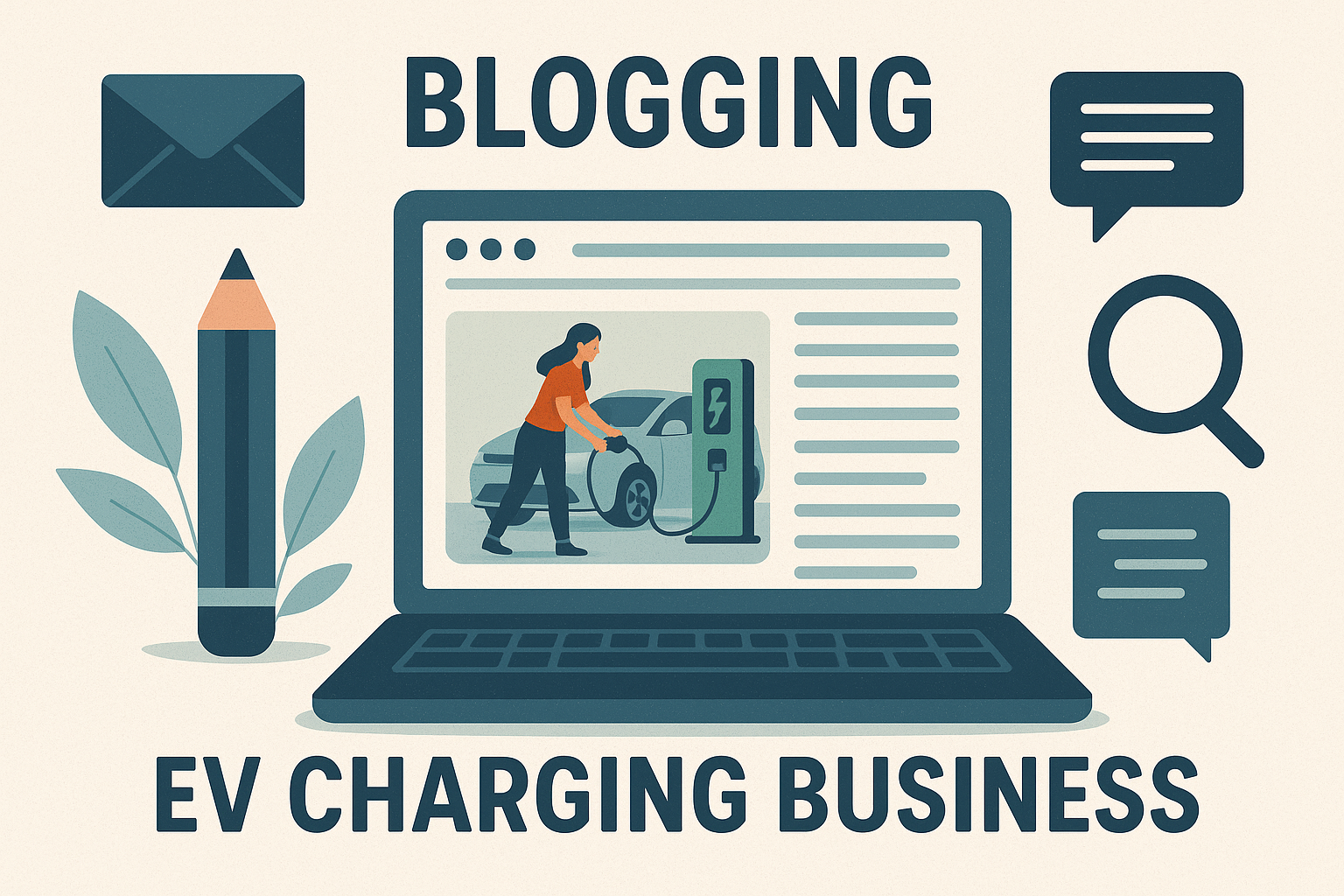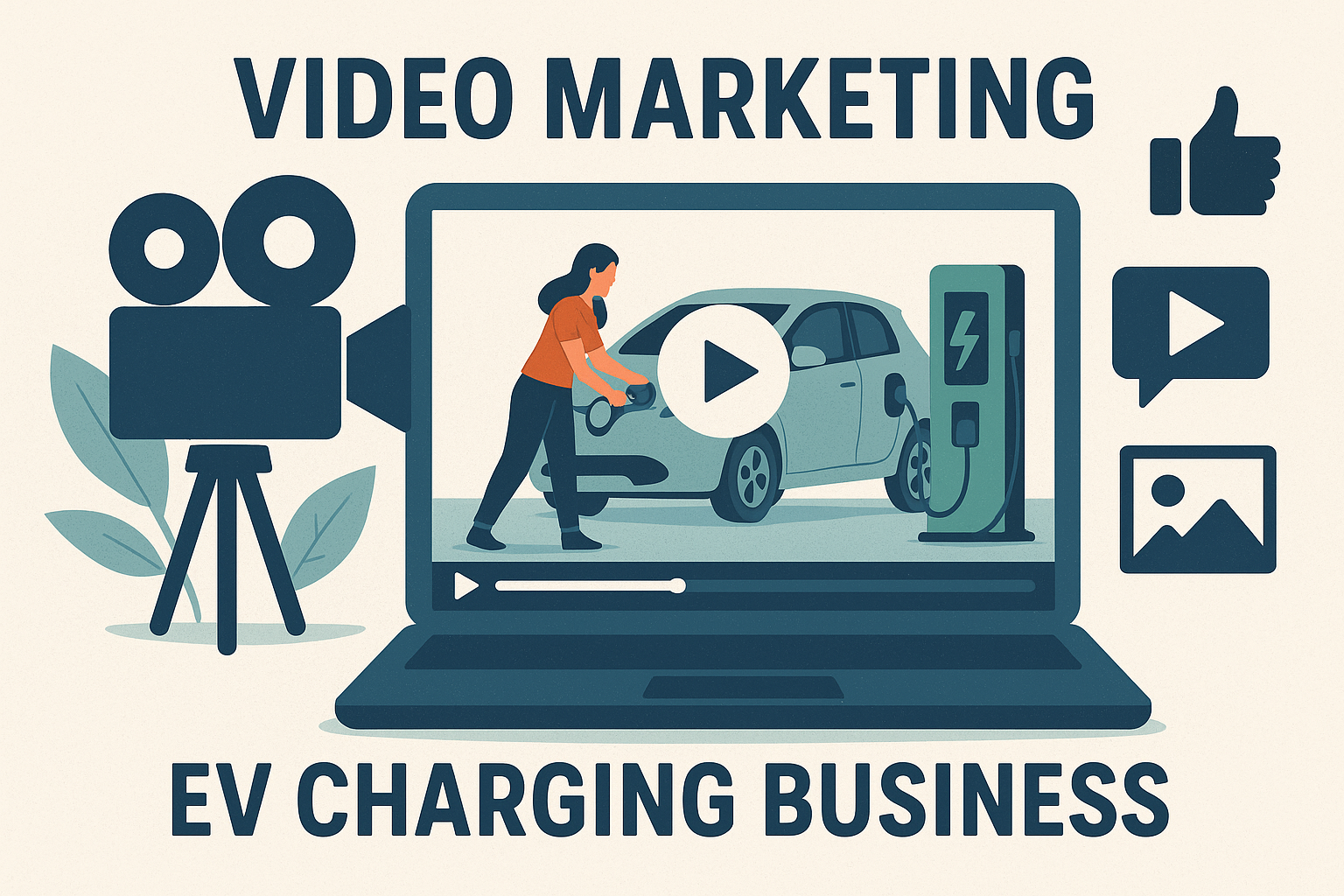As the UK accelerates towards its net-zero target by 2050, the government and local authorities are continuing to push the adoption of electric vehicles (EVs). With petrol and diesel cars set to be phased out in the coming years, charging infrastructure is now more important than ever.
To make the transition smoother, the government has introduced a range of EV charging grants and incentives designed to support homeowners, landlords, businesses, and local councils. In 2025, these schemes will not only remain available but, in many cases, be more generous or targeted than before.
If you’re considering installing an EV charger at home, your workplace, or within a rental property, here’s everything you need to know about the top five EV charging grants and incentives in the UK for 2025.
1. The Electric Vehicle Chargepoint Grant (for Homeowners & Renters)
The EV Chargepoint Grant, which replaced the long-running OLEV (Office for Low Emission Vehicles) scheme, remains one of the most accessible grants for households in 2025.
What it offers:
- Provides up to 75% off the cost of purchasing and installing a home EV charger.
- Maximum funding: £350 per installation.
- Available to renters, flat owners, and those living in leasehold properties.
Who can apply:
- Homeowners in single-unit properties (like detached or semi-detached houses) are no longer eligible.
- The grant specifically supports households without dedicated driveways or those in shared accommodations.
Why it matters in 2025:
With more EVs entering the market, flat owners and renters need equitable access to charging infrastructure. This grant ensures that EV ownership isn’t just limited to those with private driveways.
2. The Workplace Charging Scheme (WCS)
Businesses are increasingly switching their fleets to EVs to cut costs and improve their green credentials. The Workplace Charging Scheme (WCS) helps make this transition more affordable.
What it offers:
- Covers up to 75% of the purchase and installation cost of EV charge points.
- Capped at £350 per socket, with a maximum of 40 sockets per applicant.
- Applies to businesses, charities, and public sector organisations.
Who can apply:
- Any UK business, charity, or public authority with dedicated off-street parking for staff or fleets.
- Must demonstrate a business need for EV charging (e.g., staff usage, fleet vehicles, or visitor access).
Why it matters in 2025:
The WCS helps small and medium-sized businesses future-proof their fleets and encourages staff adoption of EVs. With the rising cost of petrol and diesel, many organisations see EVs as a cost-saving investment.
3. The EV Infrastructure Grant (for Landlords)
Property owners and landlords play a crucial role in enabling EV adoption for tenants. The EV Infrastructure Grant supports the installation of charging points and the electrical capacity needed for future expansion.
What it offers:
- Funding for multiple charge points across a building or site.
- Covers both upfront installation costs and infrastructure works, such as wiring and power upgrades.
- Grants of up to £30,000 per building, depending on the number of charge points installed.
Who can apply:
- Landlords of residential and commercial properties.
- Housing associations, social housing providers, and private landlords.
Why it matters in 2025:
This scheme ensures tenants have access to reliable charging, making rental properties more attractive. It’s also a value-adding investment for landlords, as properties with EV charging infrastructure are increasingly in demand.
4. Local Authority On-Street Residential Chargepoint Scheme (ORCS)
One of the biggest challenges for EV adoption remains charging access for people without driveways. To solve this, the government continues to support local councils through the On-Street Residential Chargepoint Scheme (ORCS).
What it offers:
- Provides funding for local authorities to install public charging points in residential streets.
- Covers up to 60% of the capital costs, including installation and maintenance.
- Focuses on areas where private home charging isn’t possible.
Who can benefit:
- Local councils receive the funding, but residents are the end users.
- People living in terraced housing or flats without driveways stand to gain the most.
Why it matters in 2025:
With 43% of UK households lacking off-street parking, ORCS is essential to making EV ownership practical for everyone. In 2025, many councils are partnering with private charge point operators to expand coverage rapidly.
5. Rapid Charging Fund (RCF)
For EVs to truly replace petrol and diesel cars, the UK’s motorway and A-road network must be equipped with reliable fast-charging facilities. The Rapid Charging Fund (RCF) is designed to tackle this challenge.
What it offers:
- Provides financial support to motorway service areas and large A-road service stations.
- Focused on funding grid connections and infrastructure upgrades to support rapid and ultra-rapid chargers.
- Ensures that every motorway service station has at least six ultra-rapid chargers by 2035.
Who can apply:
- Service station operators and charge point providers.
Why it matters in 2025:
This fund is vital to reducing range anxiety and ensuring long-distance journeys are practical for all EV drivers. It also supports the government’s vision of having over 300,000 public charge points by 2030.
Bonus: Regional Grants and Utility Incentives
Beyond these national schemes, several regional and utility-based incentives are available in 2025. For example:
- Scottish Government Support: Scotland offers additional funding for home and workplace chargers via the Energy Saving Trust.
- Energy Providers’ Discounts: Companies like Octopus Energy and British Gas continue to offer discounted tariffs for EV owners and in some cases, free or subsidised chargers.
How These Grants Are Driving EV Adoption
These grants are more than financial incentives, they’re part of a larger push towards a sustainable transport ecosystem. Together, they:
- Lower the upfront cost of EV charging infrastructure.
- Improve charging access for households without driveways.
- Encourage businesses to adopt green fleets.
- Reduce pressure on the grid through future-proofed infrastructure.
- Build confidence in the charging network for long-distance drivers.
Conclusion
As EV adoption surges across the UK, grants and incentives in 2025 are making charging infrastructure more affordable, accessible, and future-ready. Whether you’re a tenant, landlord, business owner, or simply an EV driver without a driveway, there’s likely a scheme that can help you.
By taking advantage of these opportunities now, households and organisations can save money, boost property values, and contribute to the UK’s net zero journey.
The top five UK EV charging grants and incentives in 2025, from the EV Chargepoint Grant to the Rapid Charging Fund, are shaping a future where driving electric is the easy choice for everyone.
FAQs
- What EV charging grants are available in the UK in 2025?
In 2025, the main grants include the OZEV EV Chargepoint Grant, Workplace Charging Scheme (WCS), Local Authority Charging Support, On-Street Residential Charging Scheme (ORCS), and tax incentives for EV adoption. - Who can apply for the OZEV EV Chargepoint Grant?
This grant is available to homeowners living in flats, rental properties, and landlords. It covers up to 75% of the cost of purchasing and installing a home charger, capped at £350. - Can businesses claim EV charging support?
Yes, the Workplace Charging Scheme (WCS) allows businesses, charities, and public sector organisations to claim up to £350 per socket for installing EV charge points, up to 40 sockets. - Are there grants for people without off-street parking?
Yes, the On-Street Residential Charging Scheme (ORCS) funds local councils to install public chargers, making EV adoption easier for residents without private driveways. - Do these grants cover the full installation cost?
No, most grants only cover a percentage of the total cost (typically 75%), with a maximum cap per charger. The remaining amount must be paid by the applicant.







